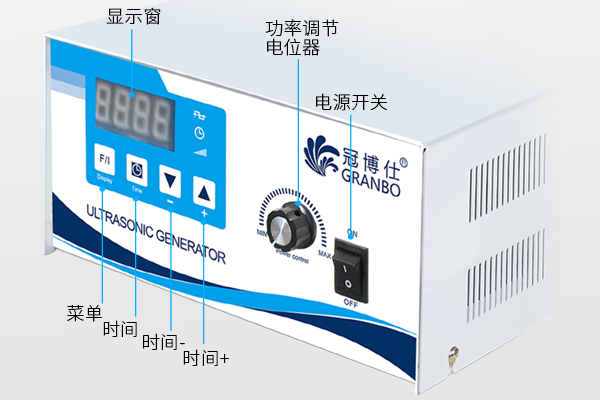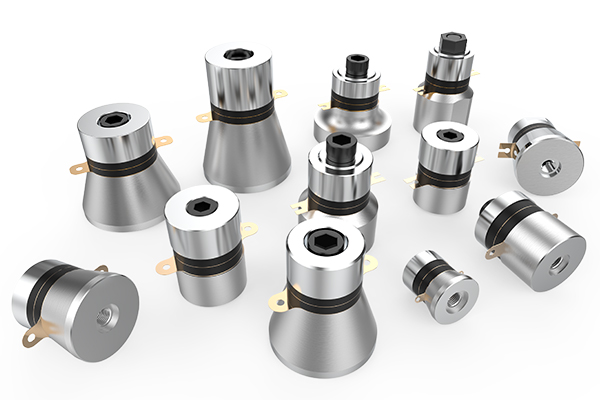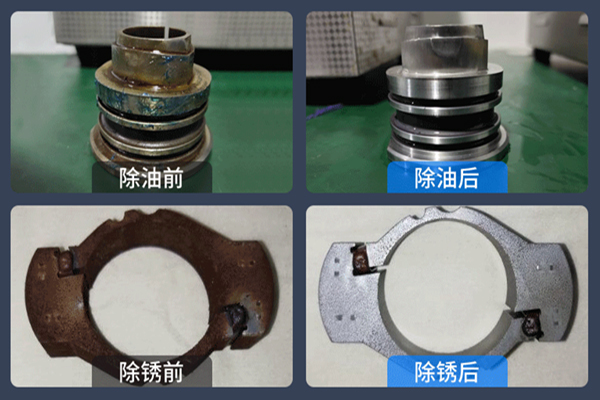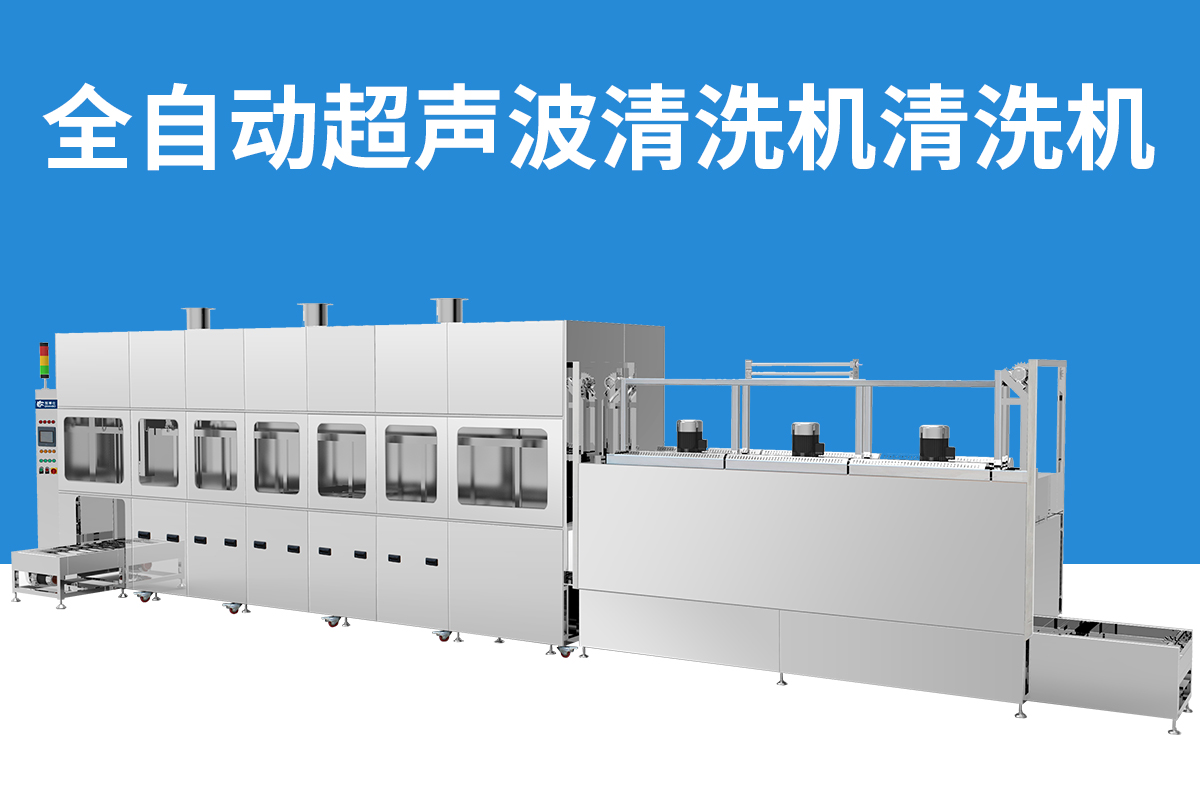As people in the industry look at the problem in different ways, the classification of ultrasonic generators are not the same, most of them are classified by the way of generating frequency, summarized in two kinds, self-excited ultrasonic generators and his-excited ultrasonic generators.

(1) Self-excited ultrasonic generator
Self-excited ultrasonic generator does not require a dedicated oscillator, do not need to start the circuit, high-power switching tube as an oscillator, the ultrasonic transducer itself is a capacitive component, plus the inductor to form a series resonant circuit. After the power is turned on, the circuit will self-excited oscillation, and the oscillation signal will be fed back to the high-power switching tube, which will be amplified by the switching tube and then sent to the resonant circuit, the whole circuit is a closed-loop circuit. The generator generates enough power to keep the transducer resonating automatically.
Self-excited ultrasonic generator circuit is simple, large, the power is not stable enough, suitable for small power generator cleaning applications, can also be combined in parallel with the unit circuit to drive a high-power transducer.
(2) he excited ultrasonic generator
He excited ultrasonic generator mainly consists of two parts: a pre-stage oscillator, a post-stage power amplifier. Using the oscillator to generate switching pulses to control the on and off of the switching tube, and through the output transformer coupling, the ultrasonic energy is transferred to the transducer.
He excited generator than self-excited generator circuit structure is more complex, but the generated signal frequency is stable, can be adjusted in a wide range, flexible control, especially the use of the final stage switching output, high efficiency, high power.




